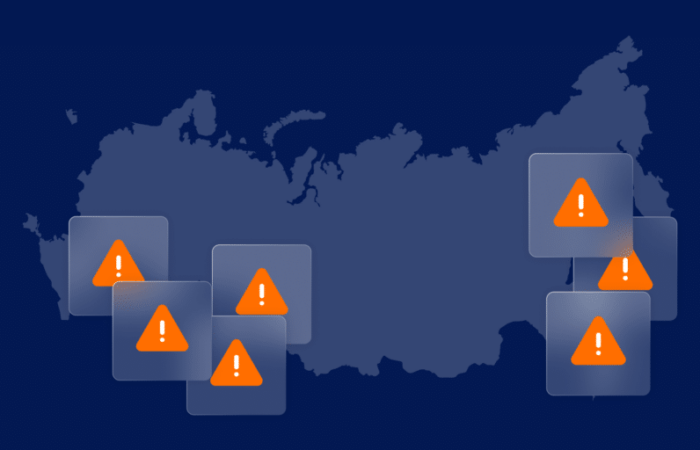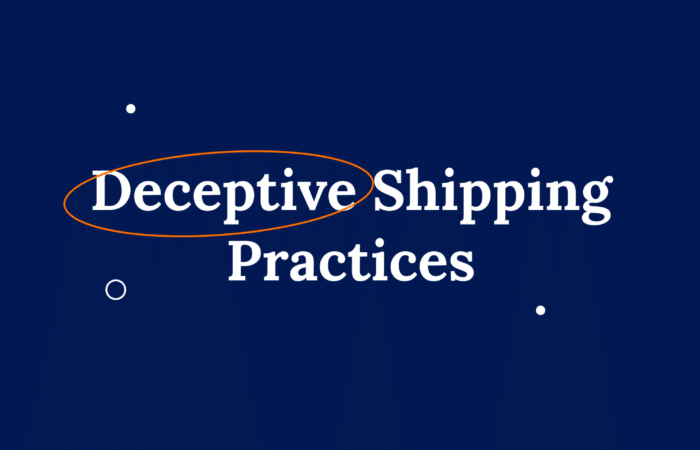What’s inside?
Risk impacts stakeholders across the maritime ecosystem differently depending on their organization, region, internal operations, and more. For the shipping industry, compliance is an obvious priority to manage. For government organizations, specifically for border protection, the need for sanctions monitoring may seem less relevant. This makes sense when considering the high stakes of global drug and weapon trafficking involving transnational crime organizations. Within reason, efforts are focused on major high seas crime busts.
However, the maritime domain is not black and white – what may precede a drug seizure can start with a seemingly innocent meeting with a vessel that operated in sanctioned areas. That’s why compliance data can fill in important gaps in accounting for the full scope of maritime risk exposure. Windward provides its partners with multiple vessel risk indicators in order to maximize investigations. In this blog, I’ll explain why this holistic view is crucial to staying ahead of evolving threats.
Setting the scene
The rise of dark ship-to-ship transfers is a perfect example of how the implications of deceptive shipping practices go beyond sanctions. Back in January 2021, the Indonesian coast guard seized the Iranian-flagged MT Horse and the Panamanian-flagged MT Freya vessels over a suspected illegal oil transfer in the country’s waters. The MT Horse is a sanctioned vessel, and while the MT Freya is not, we detected that it engaged in high-risk activities prior to the January event with the MT Horse. According to Reuters, during the MT Freya and MT Horse ship-to-ship transfer, an oil spill took place, bringing to light a whole new layer of risk that such engagements create.
Bad actors disregard safety with the same ease they disregard compliance. As a result, vessels that engage in dark activity can increase the risk of collateral damage. From a national perspective, deceptive shipping practices have significant implications. Deceptive shipping practices are used to evade sanctions but also to get away with criminal activities like illicit trade and smuggling. Bad actors don’t distinguish the use case – their goal is to go undetected, and deceptive shipping practices can maximize their success. This is why countries, specifically their port and coastal authorities, are expected to monitor AIS compliance.
But that’s not enough. To proactively manage risk, stakeholders need to monitor global operations before they reach your area of responsibility. This is why screening for deceptive shipping practices, even for vessels 3000 nautical miles away, is crucial to clearing leads and enhancing investigations. Otherwise, by the time risky vessels reach the Exclusive Economic Zone (EEZ) unmonitored, it can be too late to prevent the damage.
The Emerald
In February 2021, the Emerald smuggled crude oil from Iran into Syria. Between February 1st and 2nd, the ship polluted Israel’s economic waters while in motion and with its AIS turned off. From a border security perspective, global smuggling practices like vessel path deviations, anomalous loitering, or other voyage anomalies, were not detected. However, for Israeli authorities, there was still a case worth investigating. So let’s take a deep dive into the Emerald. After conducting a dark ship-to-ship transfer, the Emerald headed to the Red Sea. It appeared only after 23 hours, 230 miles north from where it was last recorded – indicating it had traveled through Israel’s Exclusive Economic Zone (EEZ). It was during this dark activity that the oil spill occurred.
Following the case of the Emerald and Windward’s work in determining the vessel involved and the risk factors that contributed to the event, London-based International Oil Pollution Compensation Fund granted Israel compensation for damages. So while it wasn’t weapons or drugs washing up on Israel’s shore, the damage caused to its beaches was one of the biggest ecological disasters in the country’s history.
Conclusion
Without a comprehensive and holistic risk management platform, it becomes a near-impossible task to account for the growing amount of data while managing the complexity of the maritime industry. That’s why Windward’s all-in-one platform accounts for the full scope of risk management, across maritime domain awareness needs. Get in touch with our team to learn more.







